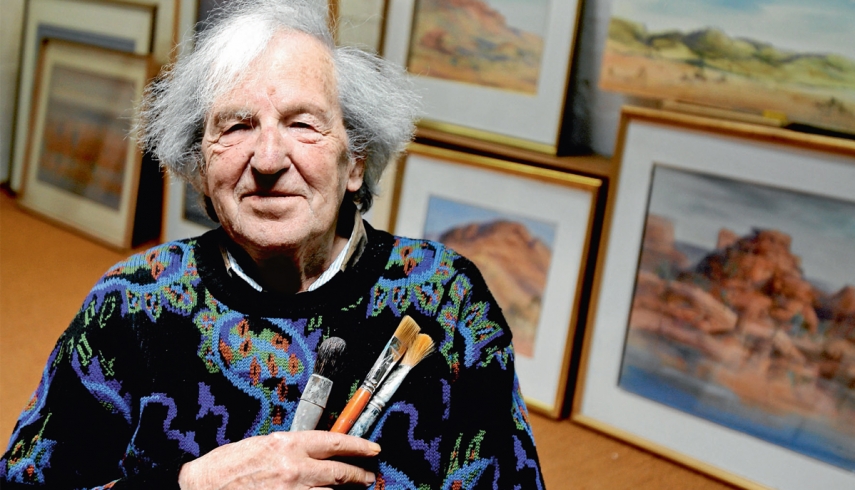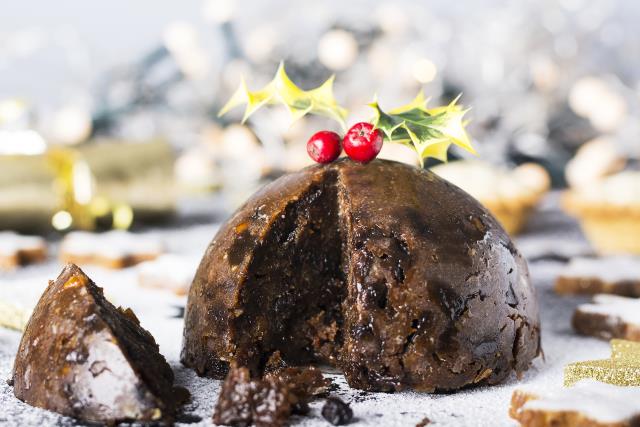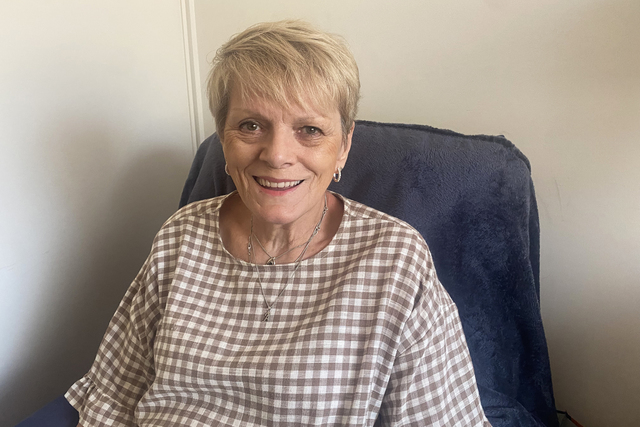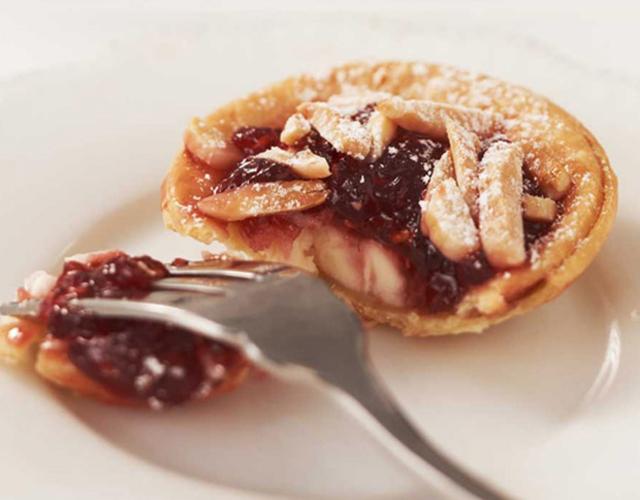John Borrack is an artist in a disappearing landscape. The hills, valleys and birdsong of ‘‘his’’ Plenty Valley are almost gone, replaced by a sea of rooftops and the din of construction.
‘‘I came to Mernda in 1969 to escape the development of Eltham and promised that I would go when the first rooftops appeared,’’ he says. ‘‘It’s too late now. The rooftops are everywhere, but I can’t go; where would I?’’
Borrack, 79, has invested a lot emotionally in Mernda, painting the Plenty Valley as faithfully as the Heidelberg School artists depicted the Yarra bushland and surrounds in the 1800s.
Like the Heidelberg School, which included Arthur Streeton, Borrack and friends such as Scottish artist William Frater took the then long journey to paint the Plenty Valley well before Borrack moved to the area.
His connections go back to childhood. His forebears were the Ziebells, German pioneer immigrants who established a farm in then outback Thomastown in the 1850s. Their property is heritage listed.
‘‘I came to visit and harboured a desire to live here,’’ he says. When he finally moved, the area was fresh and open, scattered with dairy farms and red gum plains.
That times have changed is chronicled in Borrack’s work, just as Streeton’s scenes of the lazy Yarra are unrecognisable today. A Borrack painting has the hazy-blue Kinglake Ranges in the background and ochre fields dotted with farm buildings while red gums stand solid in front, giving a sense of space and purpose.
Standing in the same spot 30 years later, the landscape is pock-marked with tile roofs and scarred with roads where monster-wheel construction vehicles throw up dust clouds. It feels cramped, planned and devoid of nature.
‘‘The landscape is disappearing,’’ Borrack says, looking into the distance where the grid of a new housing estate is being laid. ‘‘We are trying to hem ourselves in with this (native landscape separating them from development).’’
Borrack is a Whittlesea artistic treasure. He has been collected by the National Gallery of Victoria, Queensland Art Gallery, regional galleries, municipal councils (including Whittlesea, of course), universities and prominent corporations. They have loaned these works for his second major retrospective exhibition spanning more than 40 years.
Borrack is a quiet man, with a flare of passion in his hooded, grey-blue eyes when asked about the progression of an artist. ‘‘You don’t have to be different, just better. That’s what I want and what I have done.’’
Critics say he is a maverick, a ground breaker, especially in his preferred medium of watercolour and gauche. Borrack says: ‘‘Watercolour is a medium with which you work quickly and directly and it has a luminosity. With landscape, we construct a new pattern of the things we see; we organise things into a different (visual) language.’’
His early work is relatively structured but later paintings are so fluid that a brushstroke represents a tree or an animal. It’s an evolution of an artist who wants to impart his knowledge in a sentence, not a novel.
Borrack feels the cold these days. It’s 22 degrees and he is wearing a jumper, but the thing that chills his soul is the vanishing landscape.
■ John Borrack retrospective, December 7 to February 10, 11am-4pm Wednesday-Friday, noon-5pm weekends. Admission free at Bundoora Homestead Art Centre, 7-27 Snake Gully Drive, Bundoora. Details: call 9496 1060.







